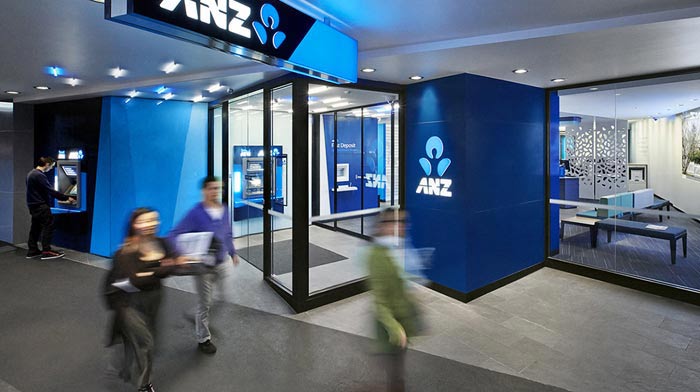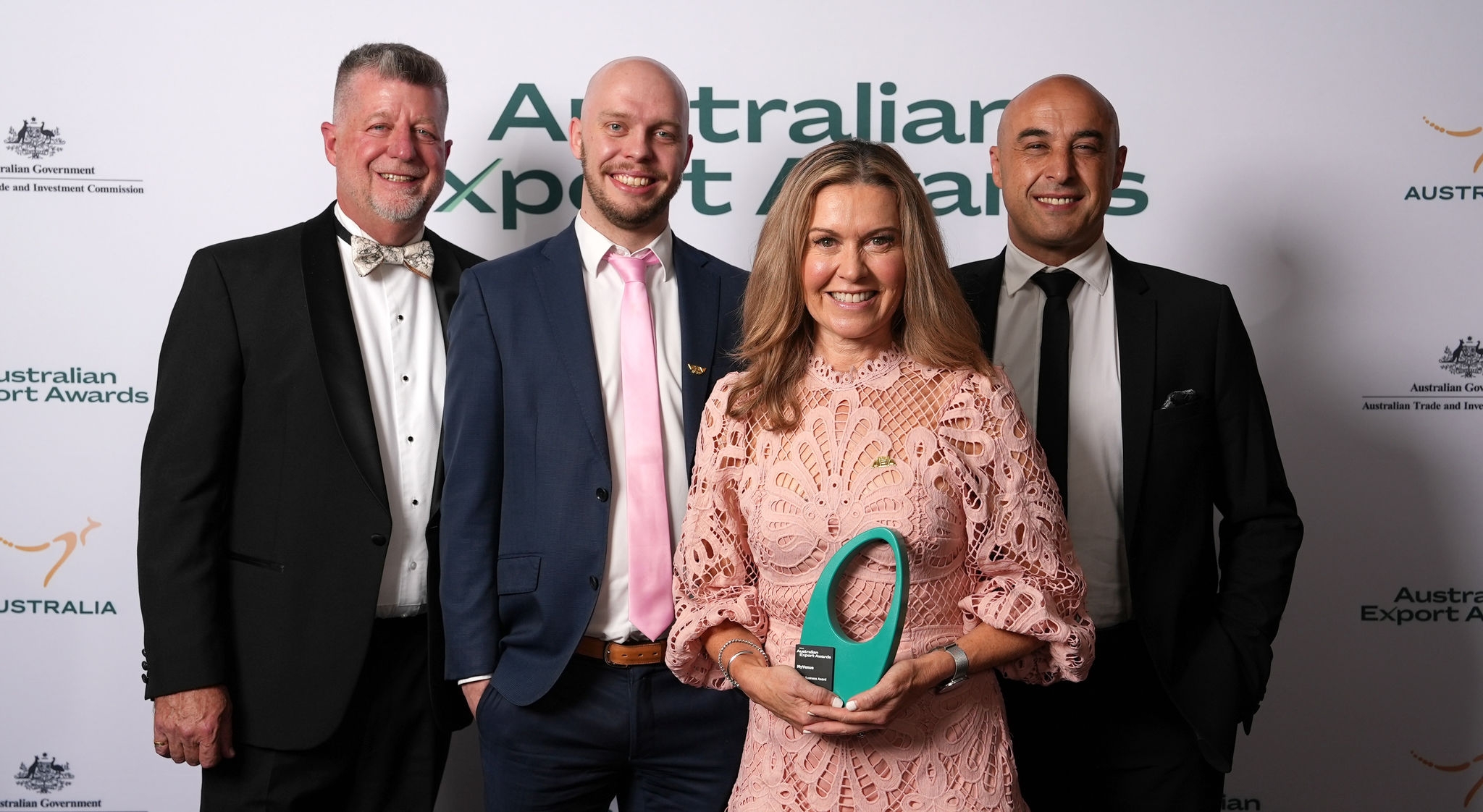The International Day Against Homophobia, Biphobia and Transphobia, celebrated on 17 May each year, is generally a time to reflect on the advances that have been made in increasing respect for the rights of LGBTIQA+ people, as well as think about the work that still needs to be done.
Paula Gerber
Professor of Law
However, this year, rather than looking at how we can better-protect the rights of the LGBTIQA+ community, it’s appropriate to consider how the LGBTIQA+ community can help to secure better protection for the rights of another minority.
Later this year, all Australians will be required to vote in a referendum that will determine the extent to which we will respect the human rights of Australia’s Indigenous peoples.
In particular, we will be voting “yes” or “no” to amending the Australian Constitution to recognise Indigenous peoples and to establish a Voice to Parliament.
The LGBTIQA+ community is the only other minority group in Australia that has lived through the stress and strain of a campaign in which the majority were able to vote on the extent to which the human rights of a minority will be respected.
In 2017, Australians were invited to answer the question:
“Should the law be changed to allow same-sex couples to marry?”
The outcome was a resounding “yes”, with 7,817,247 people (61.6% of respondents) supporting the institution of marriage being opened up to same-sex couples.
In many ways, the marriage equality “vote” is not comparable to a vote on the Voice, because it was a non-compulsory postal survey, rather a mandatory referendum.
There was no legal necessity for the marriage equality postal survey; the Marriage Act 1961 could have been amended to allow same-sex couples to marry by the passage of a simple bill through Parliament. There is, however, a legal necessity for the referendum on the Voice, since that is the only way the Australian Constitution can be amended.
Indigenous Australians and LGBTIQA+ Australians have a long history of supporting and inspiring each other.
As Tasmanian LGBTIQA+ activist Rodney Croome observed:
“Indigenous activists played a greater role in inspiring the Australian LGBTIQA+ movement than is often acknowledged. The Aboriginal civil rights movement that led up to the 1967 referendum showed LGBTIQA+ advocates that change in Australia was possible. It was a forerunner of the early movement to decriminalise homosexuality.”
There is, of course, overlap between the two minority groups, with many queer Indigenous people organising “yes” campaigns for marriage equality, including by setting up groups such as Blackfullas for Marriage Equality.
Indigenous Australians and LGBTIQA+ Australians also share similar experiences of discrimination and persecution.
A response of bigotry or hatred is common for people identifying as an Aboriginal or Torres Strait Islander person, just as it is for people coming out as gay, bi, trans or queer.
And as Professor Dennis Altman observed, there’s overlap between those who opposed marriage equality and who are now opposing the Voice, including Peter Dutton, Tony Abbott, and David Littleproud.

LGBTIQA+ people know first hand how toxic a “no” campaign can be. The postal survey emboldened opponents of marriage equality to freely express their bigoted opinions, and it’s feared that the lead-up to the referendum will see a similar surge in hateful speech – only this time the risk is racist vitriol, rather than homophobic and transphobic hatred.
However, the trauma that such hate speech inflicts will be similar, and the LGBTIQA+ community can play a role in sharing the “ugly learnings” from the postal survey, so that Indigenous Australians can put in place protective strategies to deal with any hatred and fear-mongering.
Change is hard, and constitutional change can be particularly scary, because it is altering a document that has been the bedrock of our legal system for more than 200 years.
However, the Constitution needs to be a living instrument that remains relevant in contemporary society. The drafters of the Constitution recognised this by including provisions that allowed for changes to be made.
Opponents of equal rights for LGBTIQA+ people engaged in relentless scaremongering, making unfounded claims that a marriage equality would lead to boys having to wear dresses to school, and children receiving radical gay sex education.
We are seeing that:
“The Voice is being demonised in exactly the same way LGBTIQA+ human rights are demonised. Through fear of the unknown, predictions the sky will fall in, claims of ‘special rights’ and vague allusions to ‘unintended consequences.” – Rodney Croome
More than five years have passed since Australia achieved marriage equality, and none of the outrageous assertions about what would happen if same-sex couples were allowed to marry have come to fruition.
This recent history can be used as evidence to support the campaign for the Voice, and to dismiss fear-mongering and scare campaigns that have no basis in fact.
It’s been observed that:
“… all LGBTIQA+ people, Indigenous and not, will benefit from a Voice to Parliament. It will show that Australia can be a fairer and less prejudiced society where the voices of marginalised and disadvantaged communities matter.” – Rodney Croome
The LGBTIQA+ community can use this IDAHOBIT as an opportunity to add their voice, their experience and their wisdom to another “yes” campaign – one that has the potential to significantly increase respect for the rights of another vulnerable minority.








